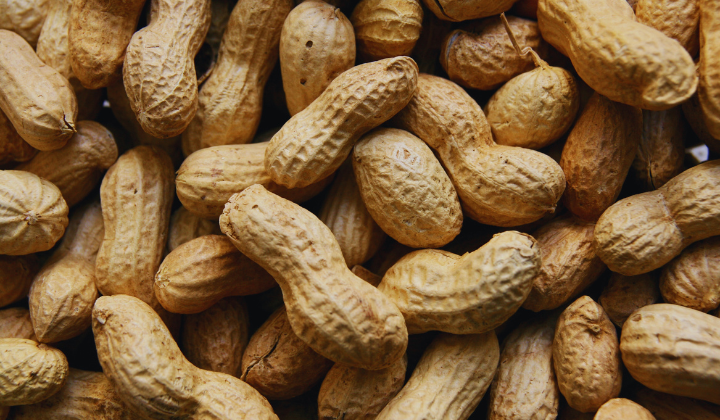
– Manuscript –
An experimental skin treatment might help young children who have strong reactions to peanuts. The new skin patch is designed to train the body to deal with the food allergy.
An allergy is a strong sometimes dangerous reaction that comes after eating, touching or breathing something that is harmless to most people.
About two percent of U.S. children are allergic to peanuts. Some are so allergic that even a small amount can cause a life-threatening reaction.
Some children outgrow the allergy. But many must avoid peanuts for life and carry medicine to treat a severe reaction if they accidentally eat peanuts.
In 2020, the Food and Drug Administration (FDA) approved the first treatment to increase tolerance to peanuts. The treatment is called Palforzia. It targets four to 17-year-old children and is eaten daily. The California-based drug company Aimmune Therapeutics makes Palforzia. The treatment is also being tested on children younger than four.
The new patch
The new patch is called Viaskin. It provides a similar treatment to Palforzia but through the skin. France’s DBV Technologies is researching skin-based treatments as another way to help the body tolerate allergens like peanuts.
The Viaskin patch is covered with a small amount of peanut protein that the skin takes in. A daily patch is worn in the upper-middle part of the back, where young children cannot pull it off.
On May 11, the New England Journal of Medicine published a study on peanut allergies involving 362 young children ages one to three. The children were tested for the allergy and received the treatment for one year. After 12 months, researchers said the children who took the skin-based treatment showed more tolerance or less severe reactions than those who had taken no effective treatment, or a placebo.
Dr. Matthew Greenhawt is an allergist at Children’s Hospital Colorado who helped lead the study. He said, if additional testing shows good results, “this would fill a huge unmet need.”
The researchers said that about two thirds of the children who used the real patch could safely eat more peanuts, about three to four.
That compares to about one third of the children who were given the patch without the peanut protein: the placebo. Greenhawt said that group likely included children who were outgrowing the allergy during the test.
Four children receiving Viaksin experienced an allergic reaction called anaphylaxis that was found to be related to the patch. Three were treated with the medicine epinephrine to calm the reaction, and one dropped out of the study as a result.
Some of the children also accidentally ate foods containing peanuts during the study. Researchers said allergic reactions happened less often among the Viaskin users than those wearing the patches without peanut protein. The most common side effect was skin irritation around the patch.
The results “are very good news for toddlers and their families as the next step toward a future with more treatments for food allergies,” said Dr. Alkis Togias of the National Institutes of Health. He was not involved with the study.
Togias warned that it is too early to compare treatment by skin and by mouth. But he pointed to data suggesting that both have different good and bad effects. He suggested that treatment by the mouth might be stronger but also might cause more side effects.
DBV Technologies also struggled for several years to bring the peanut patch to market. Last month the company announced that the FDA wanted additional safety research for toddlers.
At least two studies are reportedly being carried out. One is researching a longer treatment program. A second study is targeting four- to seven-year-olds.
Words in This Story
patch – n. a piece of material that contains a drug and that is worn on your skin to allow the drug to slowly enter your body over a long period of time
tolerance – n. your body’s ability to become adjusted to something (such as a drug) so that its effects are experienced less strongly
anaphylaxis – n. (medical) an extreme, sudden reaction that includes swell, increased blood pressure and breathing that comes from coming in contact with a drug or protein
irritation – v. to make (part of your body) sore or painful
toddler – n. a young child who is just learning to walk
*This article has been edited and reprinted from VOA Learning English with permission from Voice of America (VOA) for use in English language materials.
